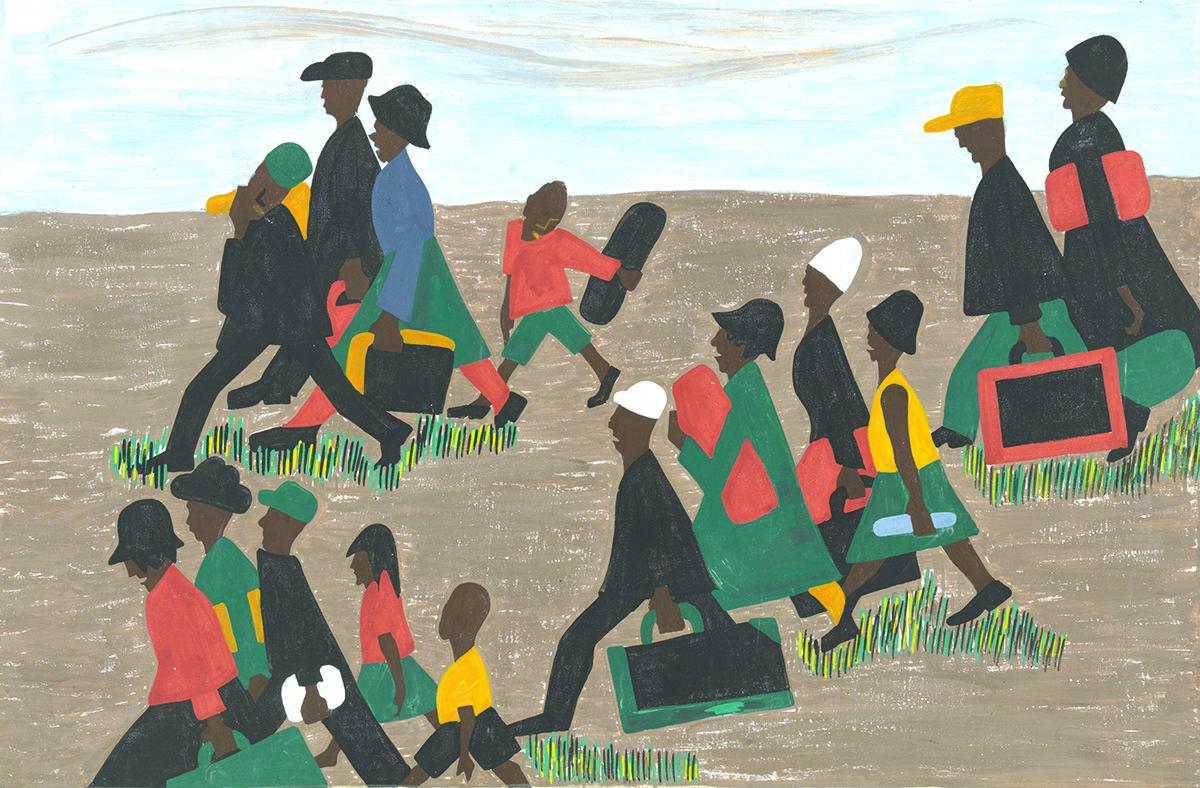By Cory Turner
An article from NPR discusses American education and why it fails to teach slavery’s ‘hard history.’
“‘In the ways that we teach and learn about the history of American slavery,’ write the authors of a news report from the Southern Poverty Law Center (SPLC), ‘the nation needs an intervention.'”
“The report lays out several key “problems” with the way slavery is often presented to students. Among them:
1. Textbooks and teachers tend to accentuate the positive
2. Slavery is often described as a Southern problem
3. Slavery depended on the ideology of white supremacy
4. Too often, ‘the varied, lived experience of enslaved people is neglected.'”
There is a quiz at the end that can test your knowledge of American slavery. The article discusses the results among high school seniors as “dismal,” as of the 1,000 seniors surveyed only 8% cited slavery as the reason the south seceded.
I thought I’d share this article because it highlights an issue with American k-12 schools in how they teach history, and this may be the reason many of us are taking this class.

